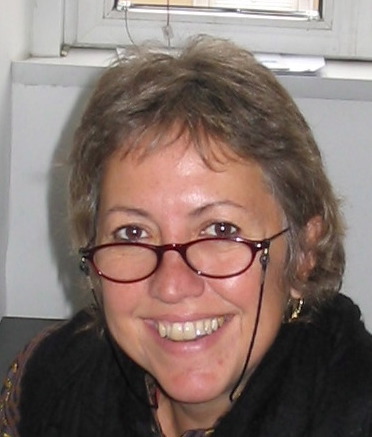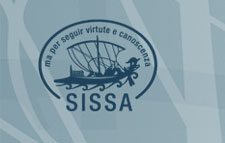Language, Cognition and Development Lab

Marina Nespor
Most of my research has focussed on the phonological interpretation of syntax, that is, on how the phonological shape of an utterance conveys information about its syntactic structure, the so-called theory of prosodic phonology. The prosodic phonology of language includes segmental rules that apply across words, thus reflecting different degrees of cohesion of the elements of a string, rhythm and intonation. I have been investigating also how prosody can be used in comprehension and during language acquisition. It is plausible, in fact, that those signals that are present in speech to make it comprehensible to listeners, for example by resolving ambiguities, are exploited by infants to acquire the grammar of the language they are exposed to. Since by the time a child starts combining word s/he appears to have learned the appropriate order of words of the language s/he is acquiring, s/he must have understood the main properties of the language of exposure long before then. In order for information about grammar to be available to infants, it must be present in the signal, since infants are not born with knowledge of segmentation or of the words and structures of the language they will eventually speak. It is thus especially perception that must be investigated. I have thus been collaborating with laboratories where experimental work on neonates can be carried out: LSCP in Paris first, and SISSA in Trieste presently.
In recent years, with different colleagues, I have investigated:
- the different functions of Vowels and Consonants in speech perception and language acquisition: Vowels are mainly devoted to the interpretation of grammar and Consonants to the lexicon (Nespor, Mehler & Peña 2003; Bonatti et al. 2005; Toro, Bonatti, Nespor & Mehler 2008; Toro, Shukla, Nespor & Endress 2008).
- the Iambic-Trochaic Law (ITL) and its signalling of word order (Nespor, Shukla, van de Vijver, Avesani, Schraudolf & Donati. 2008; Bion, Benavides & Nespor 2011).
- the Iambic-Trochaic Law in the visual modality (Peña, Bion & Nespor 2011).
- the cognitive bases responsible for different word orders in the languages of the world (Langus & Nespor 2010).
